Columbia Pacific Heritage Museum (Ilwaco Telephone Utilities Building 1960s-1980s)
Introduction
Text-to-speech Audio
The Columbia Pacific Heritage Museum explores the history of the region where the Columbia River meets the Pacific Ocean. Founded in the early 1980s, it holds 23,000 artifacts dating from the time the Chinook people inhabited the area through the 20th century. Museum exhibits cover Chinook life ways, early settlements, natural resource industries, life saving and early railroad history. Here you can visit an intact freight depot as well as an early Pullman passenger coach train car. The museum offers various events such as lectures, concerts and educational programs as well. The Columbia Pacific Heritage Museum is housed in the former Ilwaco Telephone Utilities (TU) building, built in the mid-1960s.
Images
Photo By Cory Dembeck 2023
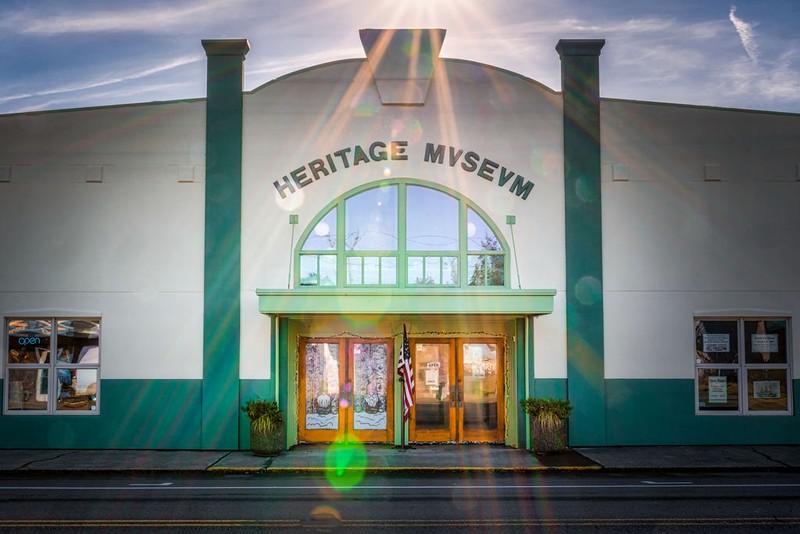
Photo By Cory Dembeck 2023
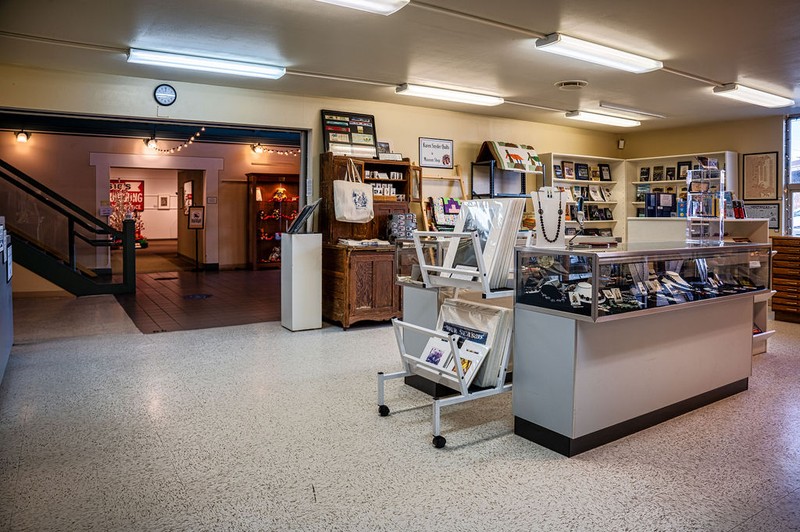
Photo By Cory Dembeck 2023
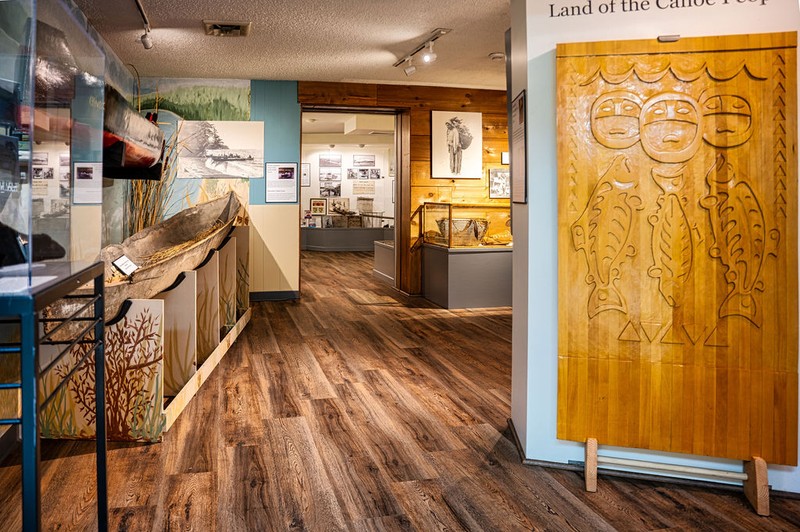
Photo By Cory Dembeck 2023
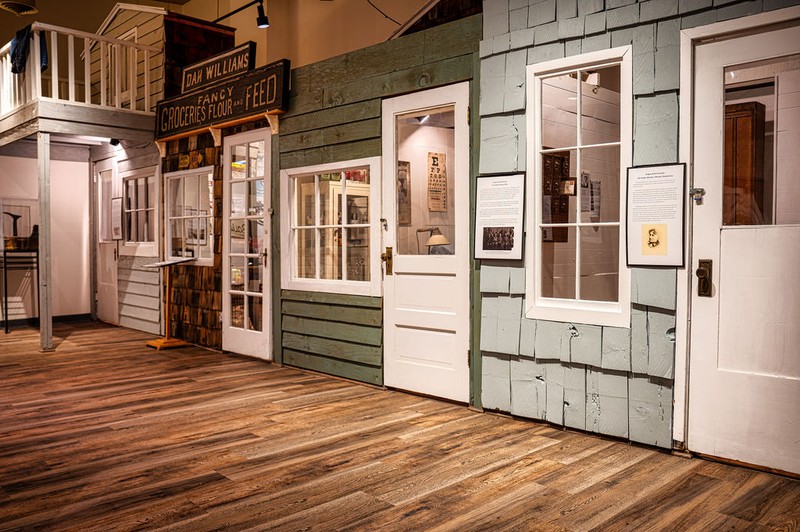
Photo By Cory Dembeck 2023
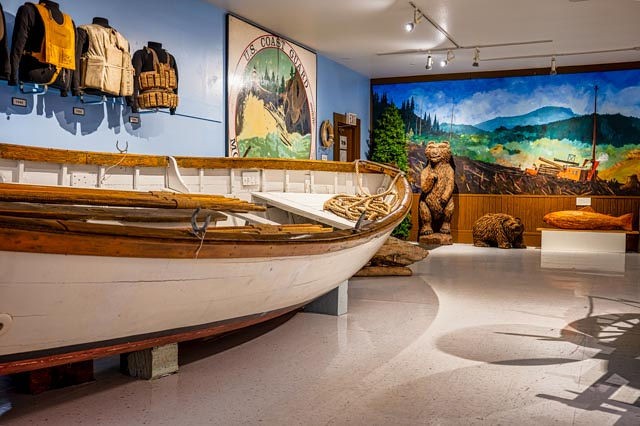
Photo By Cory Dembeck 2023
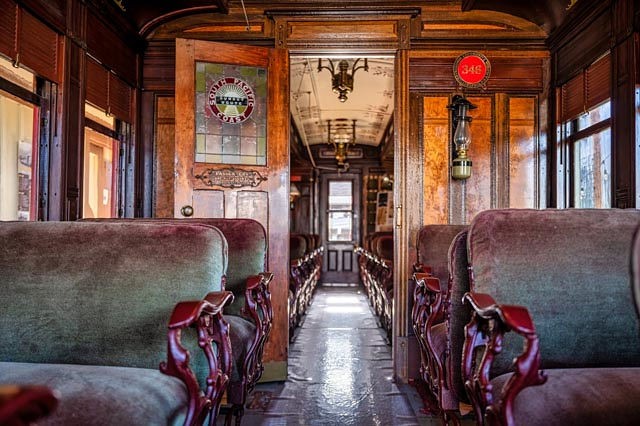
The passenger train car
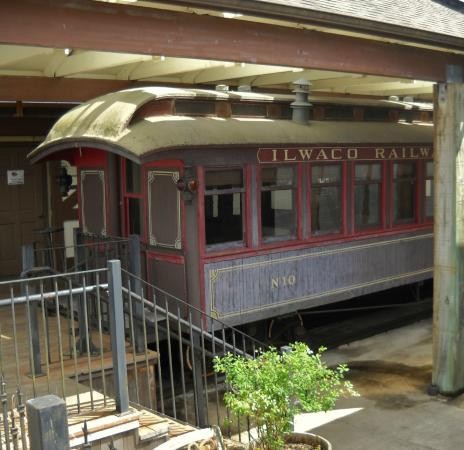
Original TU building on First Street Ilwaco before the expansion was built on Lake Street.
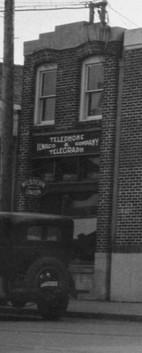
Original TU building on First Street Ilwaco before expansion on Lake Street.
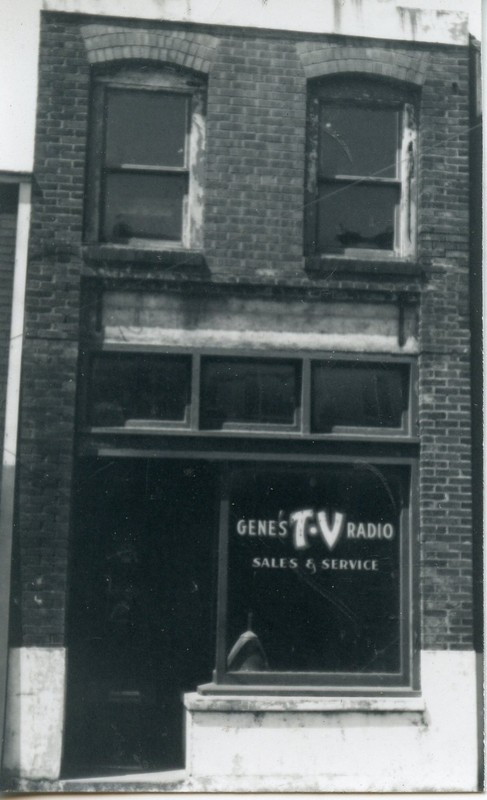
Front exterior of TU building on Lake Street in 1967.
.jpg)
TU building on Lake Street 1967
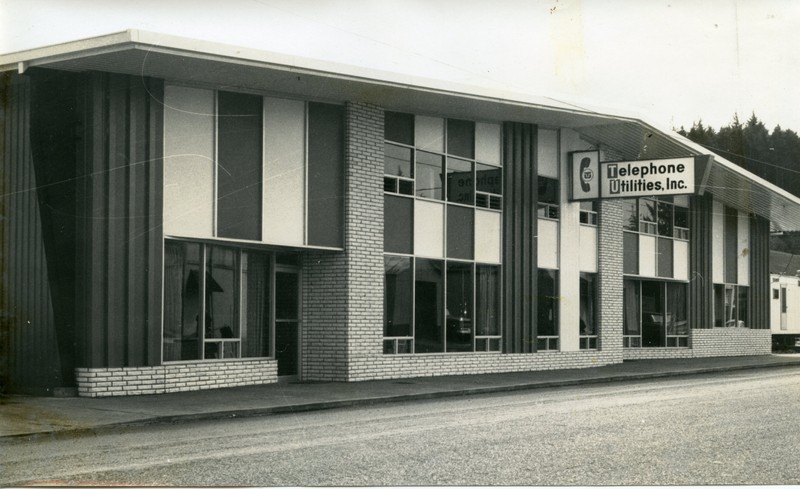
TU building on Lake Street 1967
.jpg)
TU building Lake Street 1967
.jpg)
The Accounting Department of TU, Edna Knudsen & Jane Brenenstahl 1967.

1967 Telephone Utilities, Inc. IBM 360 computer system.
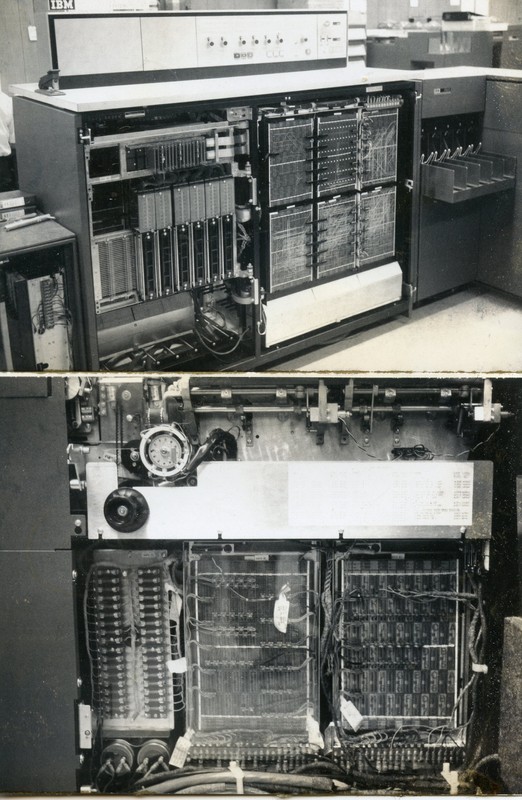
The TU building can be seen to the right of the Ice Palace in 1975.
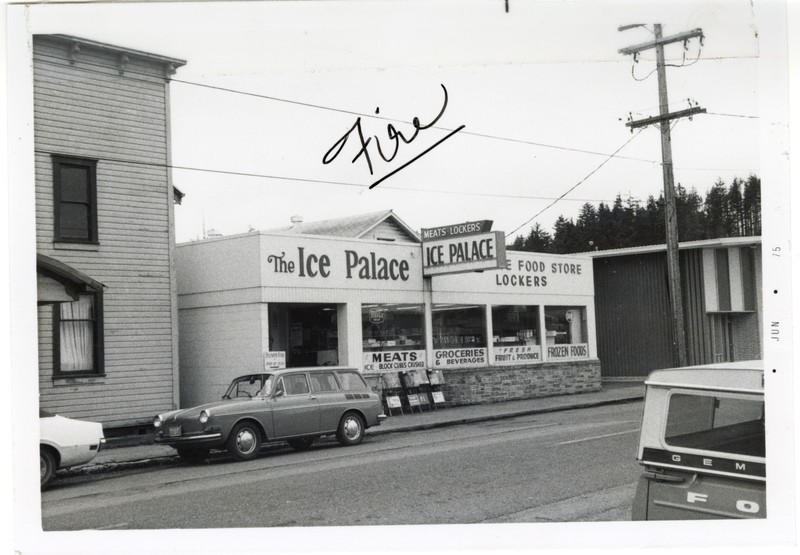
Backstory and Context
Text-to-speech Audio
The Founding of TU
The story of the Telephone Utilities begins in 1903 when J.A. 'Andy' Howerton strung a phone line between two crank telephones to help his brother-in-law maintain contact with his fish-buying scow. When the experiment worked, he connected their homes as well. When other community members became interested in telephone service, the Ilwaco Telephone and Telegraph Company was born.
By 1955, customers had grown to 400, and Norm Howerton began expanding. Selective acquisition of small, mostly rural phone companies began. Within a few years, a patchwork of telephone companies in Oregon and Washington had been amassed. In the mid-1960s the company needed a larger building for its headquarters. Architect Donald S. Avery of Olympia was engaged to design the new building, which was constructed by Perrott-Kaufman Steel Building Company, also of Olympia.
New Building on Lake Street
Inside the building were vacuum-tube main-frame computers, plus air-conditioning to keep them cool and functional. Companies that were overseen from this location when the building was completed included: Ilwaco Telephone Company; Island Empire Telephone Company (Kitsap Co., WA); Evergreen Telephone Company (Lewis Co., WA); Knappa Telephone Company (Knappa, OR); Rose Valley Phone Company (Scappoose, OR); Inland Empire Telephone Company (Spangle, WA); Orting Telephone Company (Orting, WA); Columbia Basin Telephone Company (Eastern WA); Lopez Telephone Company (Lopez Island, WA); Puget Island Telephone Company (Cathlamet, WA); Deschutes Telephone Company (Maupin, OR); and Sound Telephone Company (Lakebay, WA).
Telephone Utilities was sold to Pacific Telecomm who eventually moved operations to Vancouver leaving the building to the City of Ilwaco.
Now a Museum
In the early 1980s the building was leased to the fledgling Ilwaco Heritage Foundation to start a museum. Today’s Columbia Pacific Heritage Museum began with brainstorming sessions headed by City Council member Noreen Robinson. These sessions were held over breakfast at Red’s Café in Ilwaco. A few persistent phone calls to the Smithsonian Institution were made by Noreen. They led her to get an intern from the University of Washington museum studies program, who traveled to Ilwaco to instruct the museum’s all-volunteer staff in the basics of museum management.
In the early days, Noreen literally ran the museum finances out of her purse. When there wasn’t enough money to do what needed to be done, she paid for it herself. She bought tables and chairs. She bought adjoining property. She bought all kinds of things. But, most importantly, she also bought a hot dog cart. Noreen sold hot dogs at high school sports events and town gatherings – anywhere there might be an opportunity to raise a few dollars. Never shy about poking a little fun at propriety, she delighted in calling the cart her “wiener wagon.” Her persistence, sense of humor and community spirit served the Museum well.
Sources
http://columnbiapacificheritagemuseum.com/permanent-galleries/
CPHM Research Files
CPHM Murfin/Tribune Photo Collection
Cory Dembeck
Cory Dembeck
Cory Dembeck
Cory Dembeck
Cory Dembeck
Cory Dembeck
CPHM photo archive
CPHM photo archive - 1987.110.300 First National Bank in Ilwaco
CPHM photo archive
CPHM photo archive - May 19 1967 Telephone Utilities, Inc.
CPHM photo archive
CPHM photo archive - May 19 1967 Telephone Utilities, Inc. (3)
CPHM photo archive - May 19 1967 Telephone Utilities, Inc.
CPHM photo archives - May 19 1967 Telephone Utilities, Inc.
CPHM Photo Archives
CPHM Photo Archive - Larry Weathers
